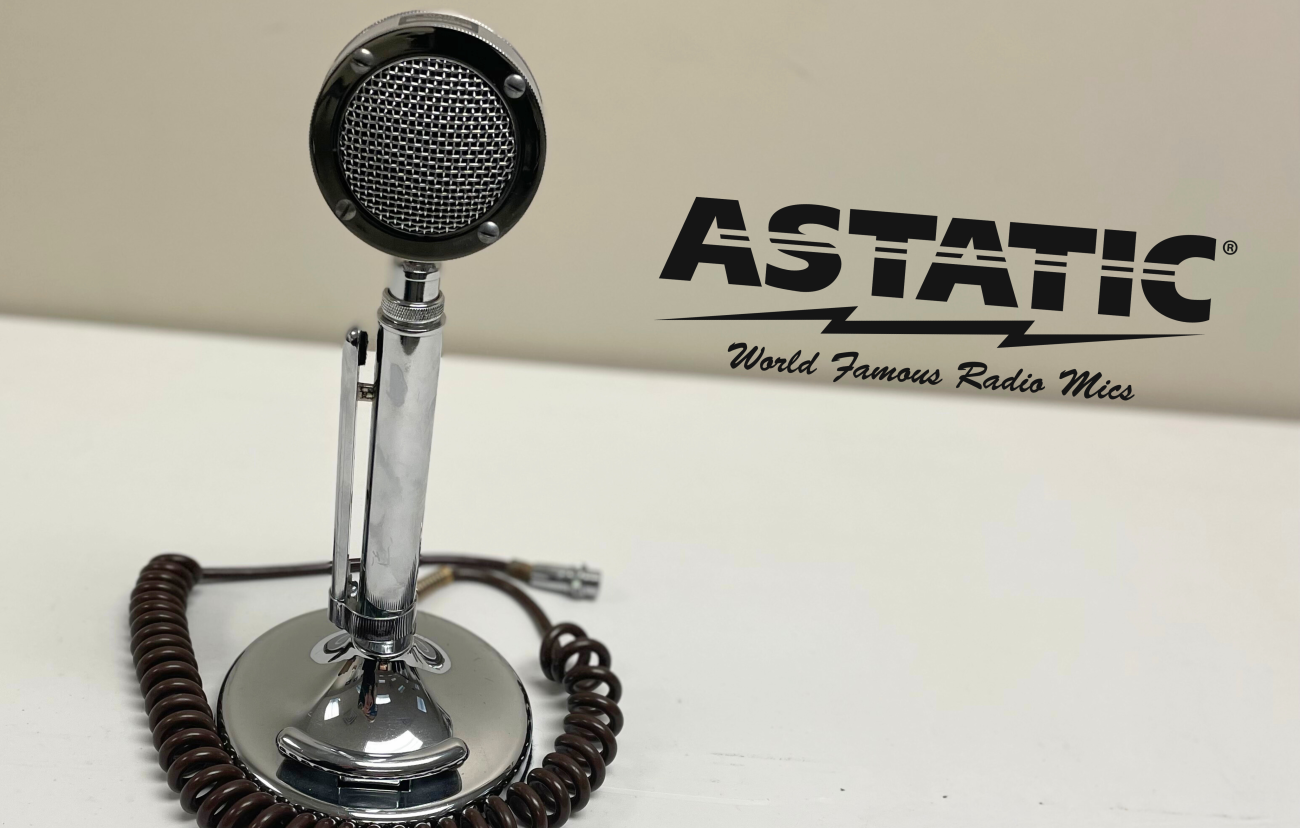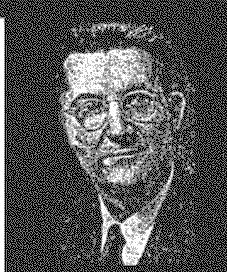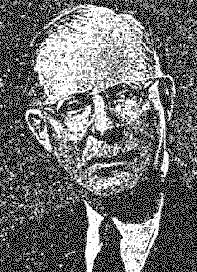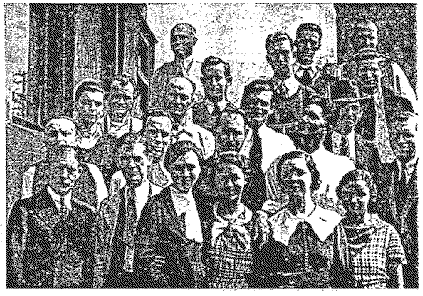History of the Astatic D-104 Silver Eagle
April 18, 2023

Excerpted from the 1946 Astatic Catalogue.
The Astatic D-104 Silver Eagle is now considered an antique and collector item by many radio enthusiasts. A lot of the mics are still in good working condition today and are mainly used by CB collectors. The history of the Astatic D-104 microphone still holds significance today.
In 1930, two radio amateurs, C.M. Chorpening, W8WR (now W8MJM), and F. H. Woodworth, both of Youngstown, Ohio, began searching for a better microphone for their phone transmitters. Up until this time, they had been using various carbon-type microphones. The condenser type appealed to them as an answer to their problem. Several units were designed and given trials in the air.


C.M. Chorpening F.H. Woodworth
Vice President President
Before long, other amateurs among their acquaintances began visiting their shacks, interested in either building or buying this new type of “mike.” Chorpening and Woodworth, encouraged by this interest, decided to form a partnership, and build these units for their friends. While the condenser unit proved reasonably satisfactory, it had certain limitations that it was hoped could eventually be overcome.
It was about this time that an old acquaintance, Mr. Charles E. Semple of Cleveland, who had been visiting his “ham” friends frequently, invited them to pay him a visit. With a background of the phonograph and loudspeaker experience, Mr. Semple was then occupying bench space in the Brush Laboratories, experimenting with elements made from Rochelle Salts, (Sodium Potassium Tartrate). Through Mr. Semple, the two visitors met A. L. Williams, an electrical and mechanical engineer, and Dr. C. B. Sawyer, a scientist, demonstrated the action of these new elements in relation to microphones, phonograph pickups, speakers, recording heads, earphones, and other devices where it was desired to transform mechanical energy or the reverse. Here, it seemed, they had found the answer to a simple, low-cost, dependable “mike” for the “ham rig.”

A group of Astatic officials and employees in the early days.
By 1933, Chorpening and Woodworth found it advisable to incorporate a manufacturing and sales company and to branch out with a line of Crystal Microphones, Crystal Phonograph Pickups, and Recording heads for manufacturers and Radio Jobbers. Mr. Semple was brought into the new organization as a designer and later served as general manager until his death in 1939.
The Astatic brand was acquired by RoadPro Family of Brands in _____ and now features various handheld noise-canceling CB mics, meters, cables, and speakers. The Astatic mics are now handheld and noise-canceling. There are various models of the mic – 636L (Black, Chrome, Stars and Stripes), 636LSE (Silver), D104M6B (Ceramic), and RD104E (Road Devil Red).
Join the discussion below or connect with fellow CB fanatics at RoadPro Driver's Lounge.

Submit your comment: